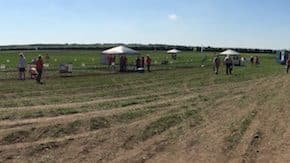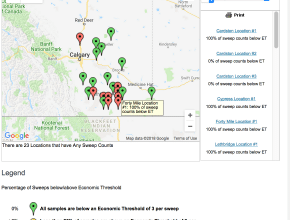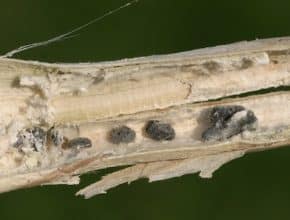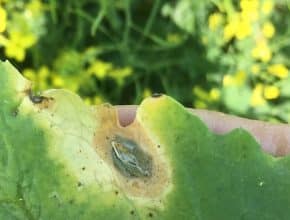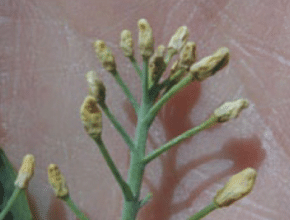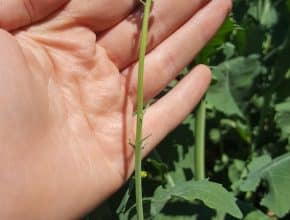Home / Canola Watch / July 5, 2018 – Issue 14
-
canolaPALOOZA 2018 was at AAFC Saskatoon June 25 and AAFC Lacombe June 27. Here are the top 10 questions from the two events…
-
Can you identify these four insects?…
-
Alberta Agriculture's cabbage seedpod weevil survey results for 2018 are mapped. In areas with a red marker, 25% or more of samples reported are above the threshold…
-
The three points of the disease triangle are host, pathogen and environment. When it comes to sclerotinia stem rot in canola in Western Canada, the disease triangle hinges on one component: Environment…
-
The sclerotinia stem rot infection cycle begins when sclerotia in the soil (left from the last time an infected crop was produced on that field) take up enough moisture to germinate and form little mushrooms known as apothecia. Spores are then released into the air from the mushrooms. Under ideal warm and moist conditions, it takes about two to three…
-
If conditions are dry at early flower and then it rains at 40% to 50% flower, spraying at the end of the window may be effective – as long as there was enough moisture before flowering to get apothecia germinating. In this situation, later sprays could be especially effective if moisture also promoted a longer flowering window due to later…
-
Small amounts of spores can lead to yield-robbing levels of sclerotinia in continued moist conditions. A petal test to confirm the presence of sclerotinia DNA on petals could be used to provide an indication of pathogen pressure at the time of petal collection…
-
Not really. At least nothing shown to work consistently in Western Canada…
-
Seeing blanks up canola stems where pods should be? Here are the seven most common causes.... At the bottom of this article, see a graph showing how canola plants can compensate for aborted flowers…

